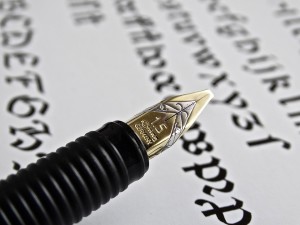Most stories start small for me and then accrete, like a pearl in a clam. The story I’m working on now has grown to 8,000 words, and I’m still writing the last scene. My challenge is that it’s a teaching story with a large cast: the teacher, a student teacher, a janitor and twenty-four students. I’m working at portraying a class environment. As the story stands now, I’ve named ten of the twenty-four students (and a couple parents).That’s a lot of balls to keep in the air!
The problem is the impact of those names. At what point would readers toss up their hands and say, “I can’t keep the characters straight,” or would readers realize there are quite a few names, but only the characters who keep popping up rise to importance while the others settle into the background?Either reaction is possible. I believe any writing challenge can be overcome with the right collaboration between a careful writer and competent reader. That’s one of writing’s joys: anything is possible.
As I write the last scene, though, I’m deciding which characters to use. Not all of them will appear, and I realized over the course of the couple weeks I’ve been working on this piece that I’ve lost touch myself of everyone in the story, so I inventoried them. Here’s the list I created with the first page the character appears and then how many times total I mentioned the name:
Ms. Milspaugh pg.1—73 mentions
Andrew Tyndale pg. 1—53 mentions
Jed Rote pg.2—40 mentions
Dove Klein pg. 2—38 mentions
Dennis Cho pg. 12—6 mentions
Cassie-Lasila Arms pg. 13—8 mentions
Paisley Lopez-Sang pg. 14—7 mentions
Len and Amelia Tyndale pg. 14—1 mention
Lisa Fromme pg. 15—1 mention
Toby Gwinn pg. 17—1 mention
Harmony Dlamini pg. 19—5 mentions
Jim John pg. 22—3 mentions
Sharon Hann pg. 23—4 mentions
Ryan Bigelow pg. 24—3 mentions
Hot damn! That’s a big list.
A closer look at number of mentions reveals my cast centers on the top four characters: the teacher who is my protagonist, Ms. Milspaugh, her student teacher, Jed Rote, and two students, Andrew Tyndale and Dove Klein.The rest are supporting cast.
I tried to pick names that reflected different origins to show Ms. Milspaugh’s class, like many real-world classes, comes from diverse backgrounds (my default when I don’t think about it is almost always north-western European). I also didn’t want the names to be visually similar. Different first letters help with this, as do names with different shapes. At first glance, Dennis Cho doesn’t look like Ryan Bigelow, so the eye cues help to differentiate them. I notice I have two names that are hyphenated, which might make them hard to distinguish. I’ll give that more thought.
I did choose a few names from my life. “Milspaugh” was the name of one of my junior high teachers who was memorable. I knew a pair of sisters in high school named “Klein.” One of my sisters is a “Sharon.”“Jed Rote” was chosen because of the meaning of his last name in the same spirit as the naming of Han Solo, Truman Burbank, and Willy Loman.
I love how Charles Dickens created characters. Part of his genius was in giving them cool names: Seth Pecksniff, Mrs. Jellyby, Samuel Pickwick, Uriah Heep and many others. I’m not doing cool naming the same way he did in my story, although I do like the names I’ve chosen. A classroom of characters all named the way Dickens named characters would be awesome, though. What I do want to borrow from him, is his really well-done pocket characterizations. He could create a character in just a sentence or two.
Mr. Ayresleigh (Pickwick Papers) “A middle aged man in a very old suit of black, who looked pale and haggard, and paced up and down the room incessantly: stopping now and then to look with great anxiety out of the window as if he expected somebody, and then resuming his walk.”
Miss Barbary (Bleak House) “She was a good, good woman! She went to church three times every Sunday, and to morning prayers on Wednesdays and Fridays, and to lectures whenever there were lectures; and never missed. She was handsome; and if she had ever smiled, would have been (I used to think) like an angel–but she never smiled. She was always grave and strict. She was so very good herself, I thought, that the badness of other people made her frown all her life.”
Ned Beadwood (David Copperfield) “It won’t do to be like long Ned Beadwood, when they took him to church “to marry him to somebody”, as he says, and left the bride behind. Ha! ha! ha! A wicked rascal, Ned, but droll!”
Here’s a quick dive into Dickens’ characterizations and also a revelation in how many characters he created.
At any rate, this longish post came from me pausing to create the list of characters in my current project and got me thinking about names and characters. I’m not looking for advice about this ill-advised story problem I’ve written myself into. Writing into story problems is half the fun of creating fiction.



 One of the many fascinating aspects of English and writing is that anything that sounds like a rule has exceptions. The only real rule in writing is this: IT HAS TO WORK. If it works, it’s good. I’ve written stories in the past just to show that a “rule” can be broken. My latest story at Daily Science Fiction does exactly that. It’s called
One of the many fascinating aspects of English and writing is that anything that sounds like a rule has exceptions. The only real rule in writing is this: IT HAS TO WORK. If it works, it’s good. I’ve written stories in the past just to show that a “rule” can be broken. My latest story at Daily Science Fiction does exactly that. It’s called 
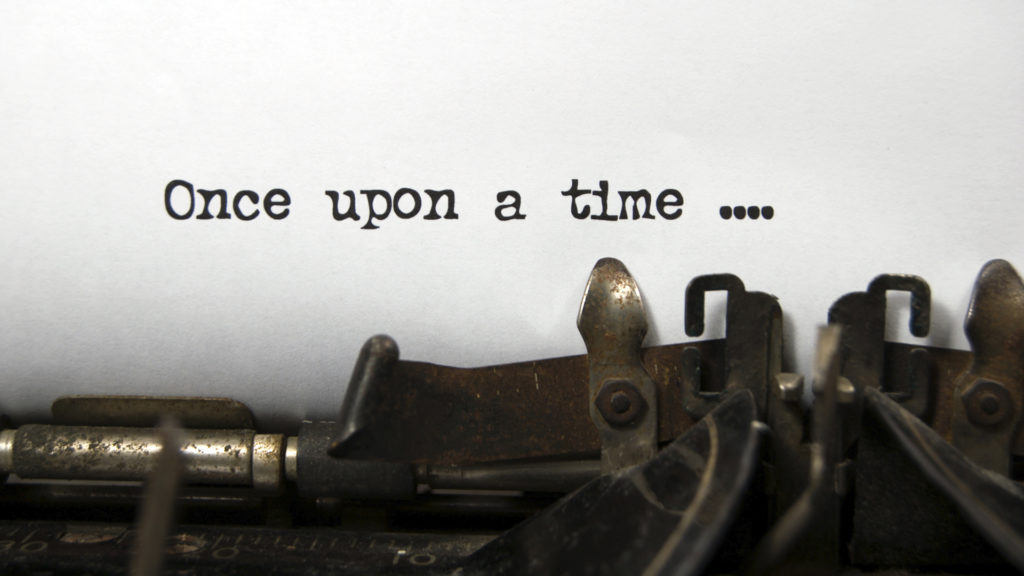 In May
In May 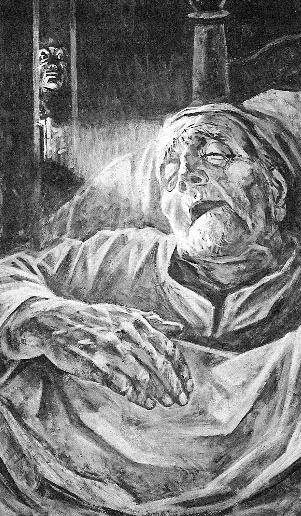 Most everyone who has been responding to my posts seems well beyond beginner status as writers, but I’ve found that going back to the basics has always been good for me. For example, two of the best books I have on writing are ones that were written for rank beginners, but I keep revisiting them. Maybe it’s because I’m slow and simple, or maybe because reviewing the basics keeps me anchored. I figure if my basics are solid, my experimental flights of fancy may have a better chance of working.
Most everyone who has been responding to my posts seems well beyond beginner status as writers, but I’ve found that going back to the basics has always been good for me. For example, two of the best books I have on writing are ones that were written for rank beginners, but I keep revisiting them. Maybe it’s because I’m slow and simple, or maybe because reviewing the basics keeps me anchored. I figure if my basics are solid, my experimental flights of fancy may have a better chance of working.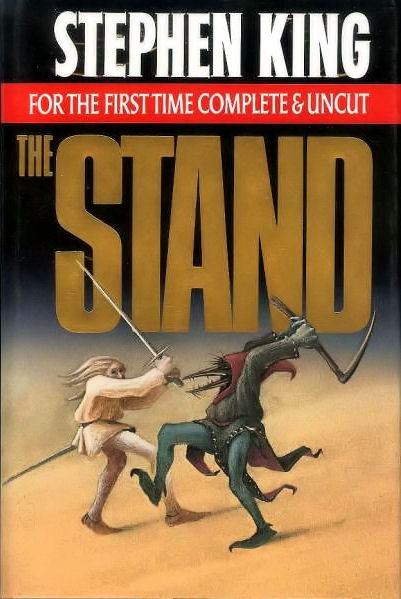 Most of us have times when we don’t know what to write next. It could be in the middle of a project or in between them, but no matter what we do, we’re stalled. So what can we do to work on our writing when we can’t write? Reading, of course, is one answer, and you certainly should be doing that, but here’s a more active exercise: try copying some of the writing you admire.
Most of us have times when we don’t know what to write next. It could be in the middle of a project or in between them, but no matter what we do, we’re stalled. So what can we do to work on our writing when we can’t write? Reading, of course, is one answer, and you certainly should be doing that, but here’s a more active exercise: try copying some of the writing you admire. How this works is that you will start to get a feel for how the writer you like goes about being who they are. Here’s a bit from The Stand by Stephen King:
How this works is that you will start to get a feel for how the writer you like goes about being who they are. Here’s a bit from The Stand by Stephen King: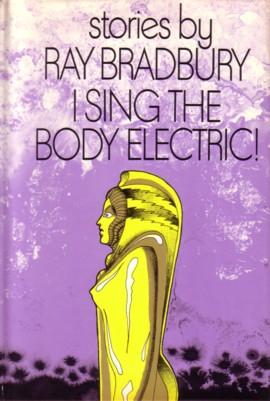 Bradbury likes the long sentence here, and I notice his tendency to pair and to list, so the air is “ancient soft,” the fragments were “blue and white,” everything was “good and sweet,” while the air also blended the “dead and the living,” and “rains and the dusts.” His second sentence (did you notice he did this in only two sentences, while King’s passage that was only a tad longer took five sentences?) is mostly a list of connected noun phrases.
Bradbury likes the long sentence here, and I notice his tendency to pair and to list, so the air is “ancient soft,” the fragments were “blue and white,” everything was “good and sweet,” while the air also blended the “dead and the living,” and “rains and the dusts.” His second sentence (did you notice he did this in only two sentences, while King’s passage that was only a tad longer took five sentences?) is mostly a list of connected noun phrases. Writing the conclusion to a story can be hard! First off, the whole story has been leading to this last page, so the sense of responsibility to the story and to the reader is huge. I don’t want to end the story on a lame note, and I don’t want the readers to feel cheated, as if my story was a shaggy dog joke whose only point was in seeing how long I could keep them paying attention with the promise of a punch line that would never come.
Writing the conclusion to a story can be hard! First off, the whole story has been leading to this last page, so the sense of responsibility to the story and to the reader is huge. I don’t want to end the story on a lame note, and I don’t want the readers to feel cheated, as if my story was a shaggy dog joke whose only point was in seeing how long I could keep them paying attention with the promise of a punch line that would never come.